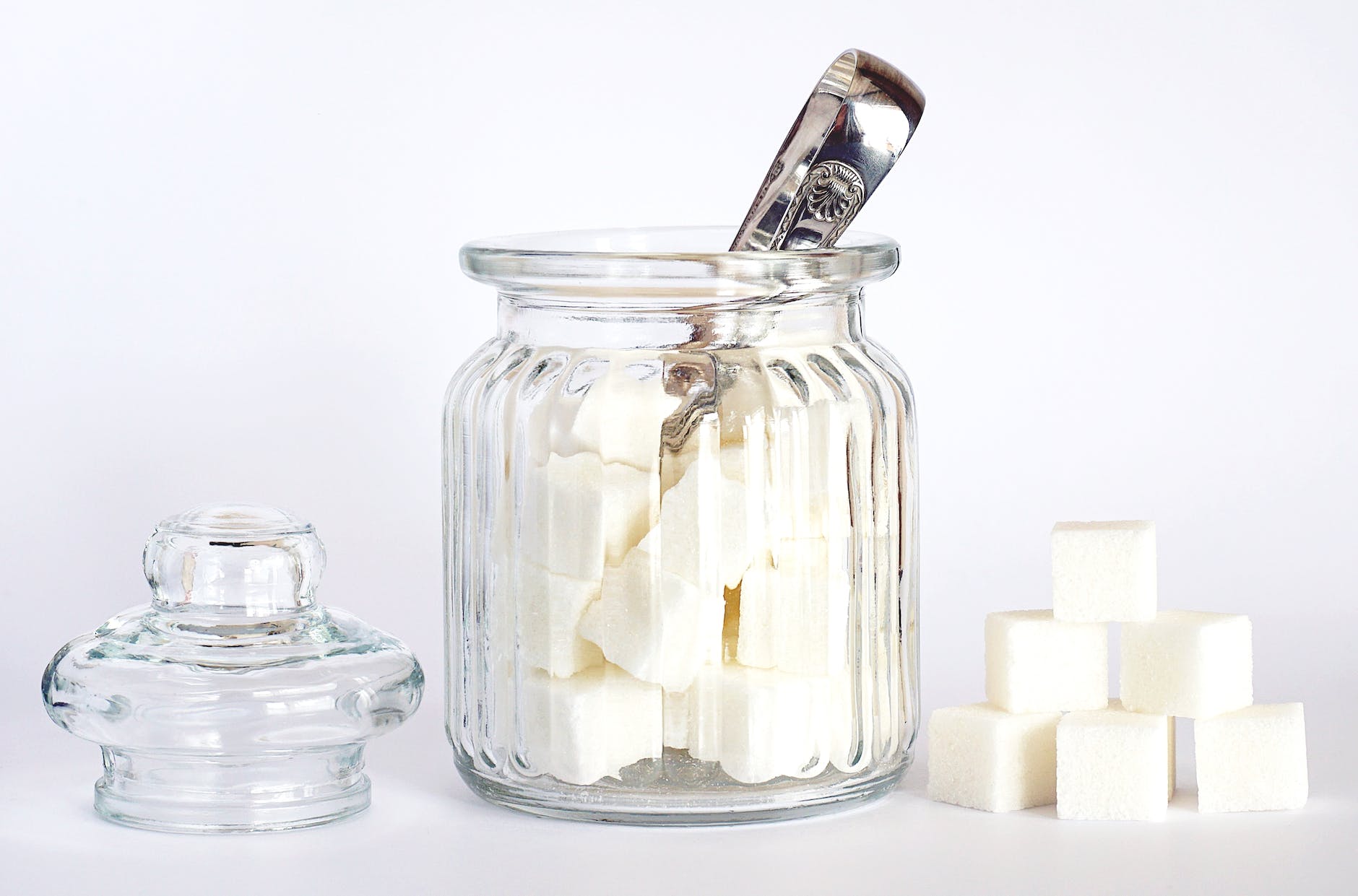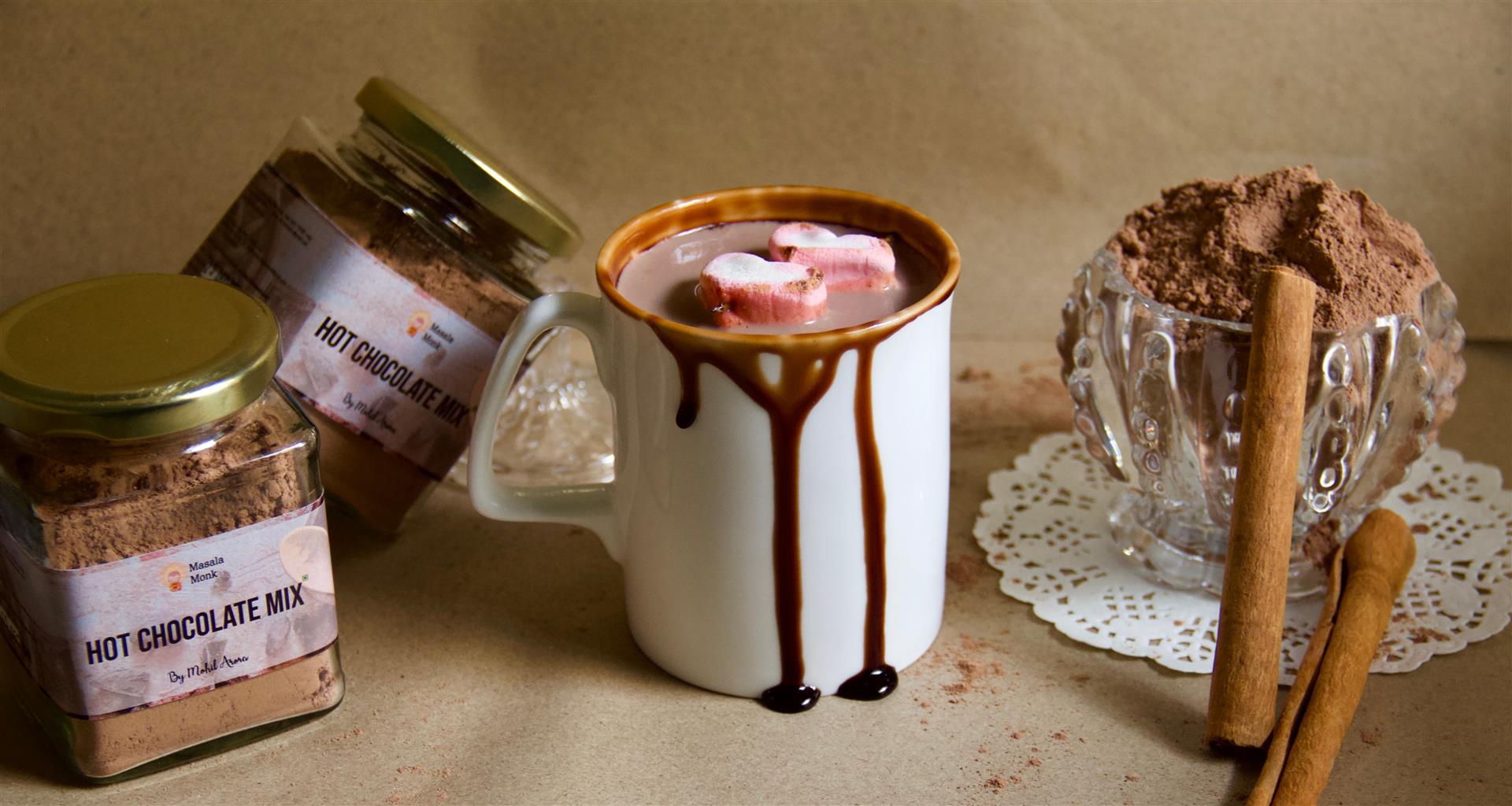
Introduction:
In the realm of sweeteners, maple syrup and sugar stand out as two of the most commonly used. Both have been integral to culinary traditions for centuries, but how do they compare in terms of health, nutrition, and culinary applications? This detailed guide will explore the nuances between maple syrup and sugar.
1. Historical Context:
- Maple Syrup: Native to North America, indigenous tribes were the first to harvest and boil down maple tree sap into syrup. It’s deeply rooted in the culinary and cultural traditions of the region.
- Sugar: Originated in New Guinea and was later cultivated in India and China. It became a valuable commodity in medieval Europe and spurred colonial trade routes.
2. Production Process:
- Maple Syrup: Produced by tapping sugar maple trees to collect sap. The sap is then boiled down to produce maple syrup. It takes about 40 gallons of sap to make one gallon of maple syrup.
- Sugar: Extracted from sugarcane or sugar beet plants. The juice is extracted, purified, and then crystallized to produce granulated sugar.
3. Nutritional Profile:
- Maple Syrup: Contains essential minerals such as manganese, riboflavin, zinc, and magnesium. It’s also a source of antioxidants, which can combat oxidative stress.
- Sugar: Primarily sucrose, offering calories but lacking the vitamins and minerals found in maple syrup.
4. Glycemic Index and Health Implications:
- Maple Syrup: Has a moderate GI, which means it has a slower impact on blood sugar levels. Its antioxidant properties can also support overall health.
- Sugar: Higher GI, leading to rapid spikes in blood sugar. Excessive consumption is linked to obesity, heart disease, and diabetes.
5. Flavor and Culinary Uses:
- Maple Syrup: Distinctive, rich flavor with caramel undertones. Ideal for pancakes, waffles, glazes, and even in savory dishes like roasted vegetables or marinades.
- Sugar: Neutral sweetness, making it versatile for baking, cooking, and beverages.
6. Health Considerations:
- Maple Syrup: While more nutritious, it’s still a source of calories and sugars. It’s best consumed in moderation.
- Sugar: High consumption can lead to metabolic issues, dental cavities, and other health concerns.
7. Environmental Impact:
- Maple Syrup: Sustainable when harvested responsibly. Maple trees can produce sap for over a century and act as carbon sinks.
- Sugar: Large-scale sugar cultivation can lead to deforestation and habitat loss. However, sustainable farming practices are emerging.
8. Economic Aspects:
- Maple Syrup: A significant industry in regions like Quebec and Vermont. Authenticity and quality are vital for market value.
- Sugar: A global commodity with a complex trade network. Prices can be influenced by global demand, production costs, and geopolitical factors.
9. Frequently Asked Questions (FAQs):
- How can I substitute maple syrup for sugar in recipes? Generally, for every 1 cup of white sugar, you can substitute 3/4 cup of maple syrup. Adjust the liquid ingredients accordingly.
- Is maple syrup suitable for vegans? Yes, pure maple syrup is plant-based and suitable for vegans.
- Why is maple syrup more expensive than sugar? The labor-intensive harvesting process and the large amount of sap needed for a small quantity of syrup contribute to its cost.
- Are there different grades of maple syrup? Yes, ranging from golden (mild taste) to very dark (strong taste), depending on the harvest time.
- Can diabetics consume maple syrup? While it’s lower in GI than sugar, it should still be consumed in moderation and with medical advice.
Conclusion:
Maple syrup and sugar, while both sweeteners, offer different experiences in flavor, nutrition, and impact on health. Maple syrup, with its rich history, nutritional benefits, and unique taste, can be a healthier alternative to sugar. However, mindful consumption is essential for both. Choosing between them often boils down to personal preference, culinary needs, and health considerations.












